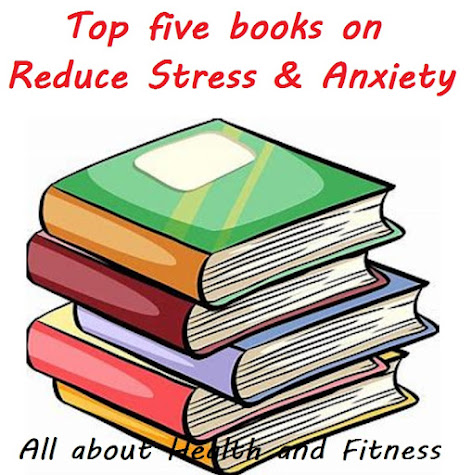Books focusing on reducing stress and anxiety- Top 5
.jpg)
Here are short introduction of top books on reducing stress and anxiety. Each of these resources offers valuable insights, practical strategies, and expert advice:
- “Unwinding Anxiety” by Judson Brewer:
- Introduction: This book explores the science behind anxiety and provides evidence-based techniques to manage it. Dr. Brewer combines mindfulness and behavioral approaches to help readers break free from anxiety patterns.
- Availability: Widely available in bookstores and online platforms.
- Language: English.
- Source: Psych Central
- “At Last a Life” by Paul David:
- Introduction: A personal account of overcoming anxiety, this book emphasizes acceptance and understanding. It offers practical advice for managing anxiety symptoms.
- Availability: Available online and in select bookstores.
- Language: English.
- Source: Healthline
- “Declutter Your Mind” by S.J. Scott and Barrie Davenport:
- Introduction: This book focuses on mindfulness techniques to reduce mental clutter and anxiety. It provides actionable steps to create a calmer mind.
- Availability: Easily accessible online.
- Language: English.
- Source: PositivePsychology.com
- “The Anxiety & Phobia Workbook” by Edmund J. Bourne:
- Introduction: A comprehensive guide with practical exercises, this workbook helps readers manage anxiety and phobias. It includes cognitive-behavioral strategies.
- Availability: Widely available in bookstores and online.
- Language: English.
- Source: Psych Central
- "Hardcore Self Help: Fk Anxiety" by Robert Duff:
- Introduction: A no-nonsense approach to anxiety, this book combines humor and practical advice. It aims to demystify anxiety and empower readers.
- Availability: Available online and in select bookstores.
- Language: English.
- Source: Healthline
Remember to explore these resources based on your preferences and needs. Each book offers a unique perspective on managing stress and anxiety.
.jpg)
